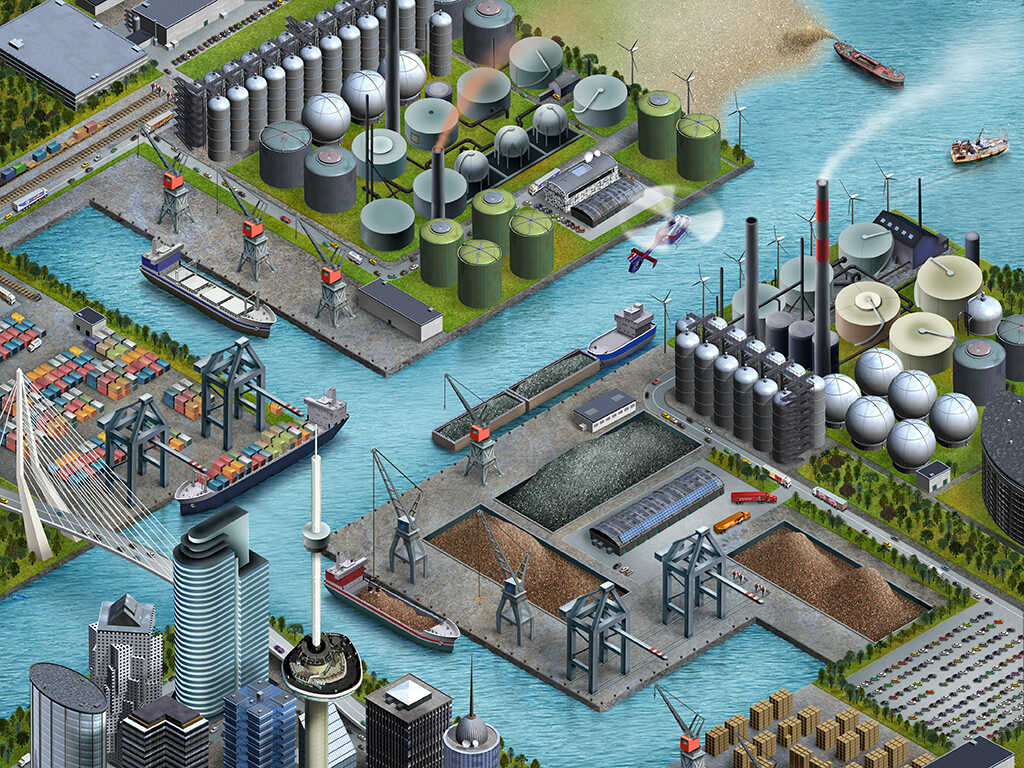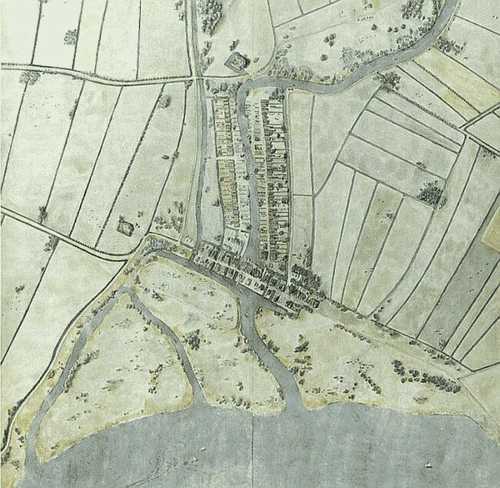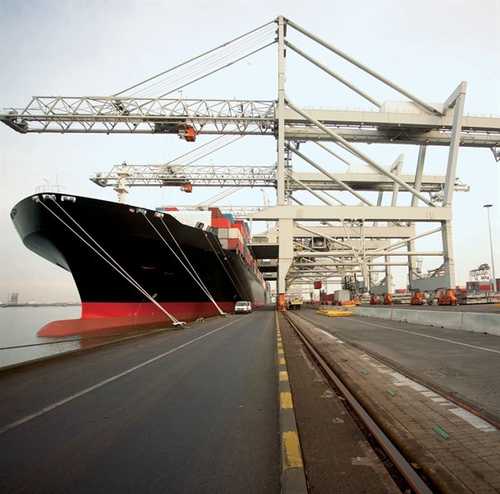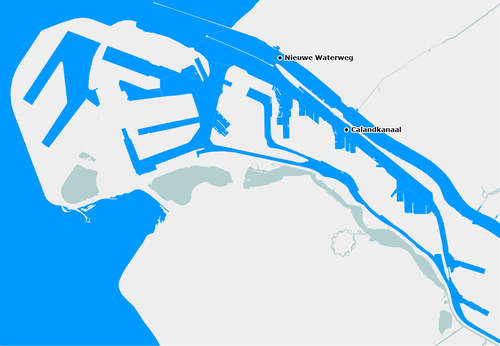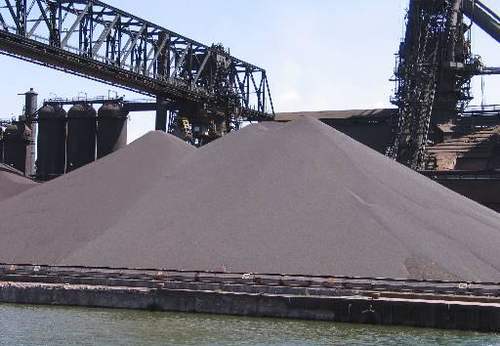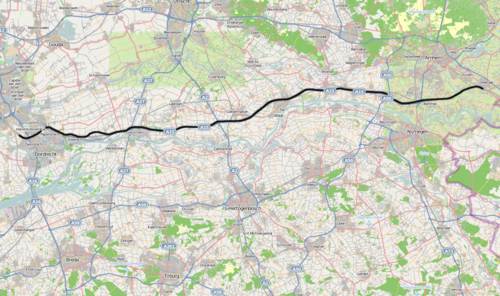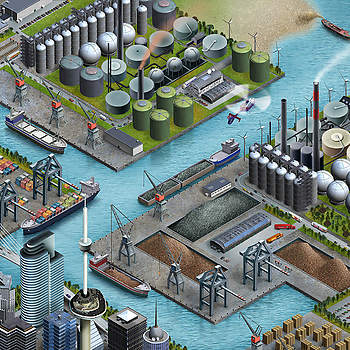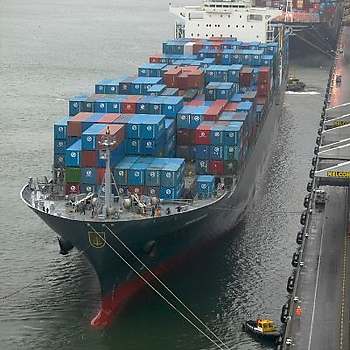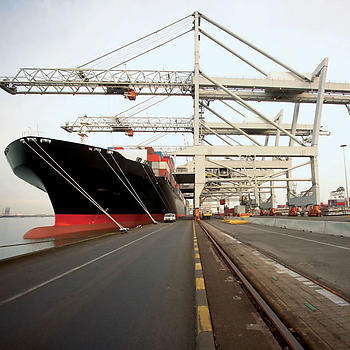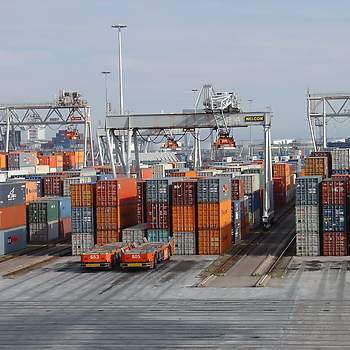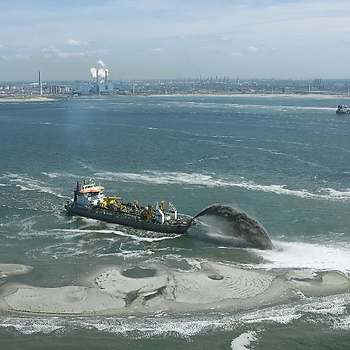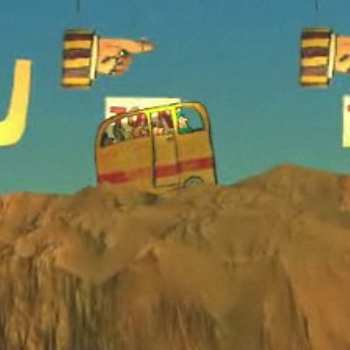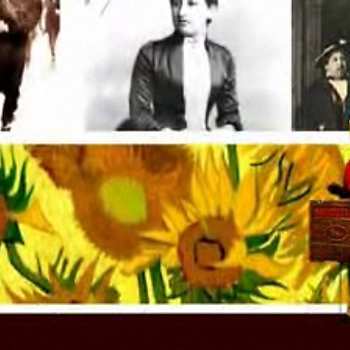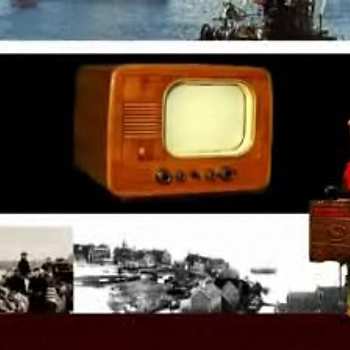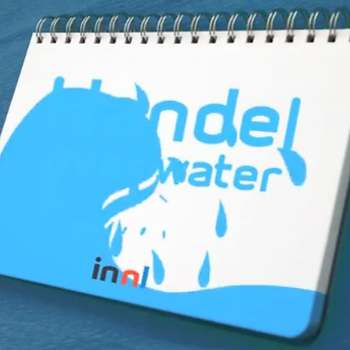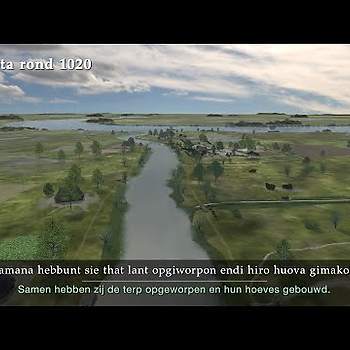Dam in the River Rotte
Rotterdam does not start to develop into the main port of the Netherlands until the nineteenth century. At the time, its port has already existed for centuries. By around the year 1250, a dam is constructed in the estuary of the Rotte peat river. At this dam, freight is transferred from river boats onto coasters: these are the beginnings of the Port of Rotterdam. In the sixteenth century, Rotterdam develops into a major fishing port. Although the city is subsequently involved in colonial expeditions, Rotterdam never becomes the centre of colonial trade: the port is silted up, which obstructs its access from the sea. Furthermore, the main financiers and entrepreneurs are located in Amsterdam.
In the second half of the nineteenth century, the port is expanded ever further, especially with a view to profiting from the emerging industry in the German Ruhr area. Under the direction of hydraulic engineer Pieter Caland (1826-1902), the dunes near Hoek van Holland are cut and a new connection to the port is dug. This Nieuwe Waterweg [New Waterway] vastly improves access to Rotterdam from the sea. In the actual port, new port basins are constructed. Machinery such as steam cranes enables more efficient loading and unloading. Inland vessels, trucks, and freight trains transport products at greater speeds.
Post-war reconstruction and expansion
During World War II, bombing severely damages nearly half of the port. Restoration of the Port of Rotterdam is given top priority in the post-war reconstruction of the Netherlands. Subsequently, the port grows at a rapid pace, in part as a result of the reviving trade with Germany. In the 1950s, expansion is already in order: the Eemhaven and Botlek areas date from those days. In 1962, the Port of Rotterdam becomes the largest port in the world. The Europoort area is completed in 1964, and in 1966, the first cargo container is unloaded in Rotterdam. In these huge, steel containers, break bulk cargo can be transported simply and safely, which enables large-scale loading and unloading. The port continues to grow: the Maasvlakte I and Maasvlakte II extensions are completed in 1973 and 2013.
New challenges
As a result of globalisation, worldwide freight transport is increasing. This means that competition is also growing: in 2004, Rotterdam loses its status as the world’s largest port. The Dutch government sets great store by maintaining Rotterdam’s competitive position, because the port is a key hub in the foreign trade network. In 2007, the Betuwe Route is opened, a railway line solely intended for freight transport between Rotterdam and Germany.
However, this unrestrained growth also raises a wide range of questions and protests. People are concerned about the port’s role in diverting drugs, about safety risks, and about the impact that the expanded port area has on the natural environment. In addition to the economic impact of the growing port, another issue is how the port can be future-proofed.
